Yes. Right now, there is a global food crisis – the largest one in modern history. Since the United Nations World Food Program’s (WFP) creation in 1963, never has hunger reached such devastating highs. From the eruption of new conflicts and the escalating impacts of the climate crisis to soaring food and fuel costs, millions of people are being driven closer to starvation each day.
Nearly 350 million people around the world are experiencing the most extreme forms of hunger right now. Of those, nearly 49 million people are on the brink of famine. Behind these massive statistics are individual children, women and men suffering from the dire effects of such severe hunger. Malnourished mothers give birth to malnourished babies, passing hunger from one generation to the next. Children’s physical and cognitive growth is stunted. Farmers are unable to grow enough food to provide for their families and communities. Entire towns are forced to leave their homes in search of food.
Conflict, the climate crisis and rising costs are driving the global food crisis. Conflict is the number one cause – it destroys roads and buildings, forces people from their homes, drives inflation and cuts off people’s access to markets – all of which push communities into hunger. Hunger, in turn, can spark unrest as people protest high prices or compete over scarce resources. At the same time, extreme weather events are becoming more frequent and intense. These climate emergencies destroy agricultural production and send shockwaves across local and global food systems. In 2021, climate extremes were the main driver of acute hunger in 8 African countries, pushing 23.5 million people into emergency levels of hunger. To assist people impacted by conflict and climate emergencies, the U.N. World Food Programme delivers immediate food assistance as well as long-term solutions that address the underlying causes of hunger.
Together, we can end global hunger once and for all.
Related articles you might be interested in:
Learn more about the drivers of hunger.
Some of the world’s most significant hunger crises have only just burst onto the scene, like Ukraine, while others have swelled for over a decade, like Yemen and Syria. Below are the 10 worst hunger crises in the world today based on where the U.N. World Food Programme works and has collected recent data. The crises are ranked by the total number of people facing severe hunger in each country.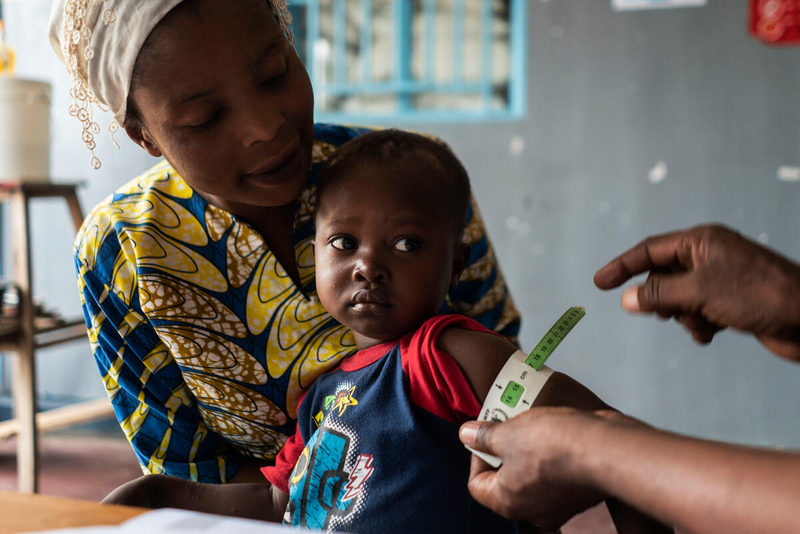
The DRC is the world’s largest hunger crisis, fueled by over 25 years of conflict and endemic poverty. 26 million people (about the population of Texas) are severely hungry today and over 5 million people have been displaced from their homes. In 2022, we successfully scaled up to reach 6.2 million people throughout the country.
From climate shocks and pest infestations to Ebola outbreaks and the economic impacts of COVID-19, the Congolese people’s resilience has been tested at every turn. The latest Ebola outbreak was declared as recently as August of 2022. During the outbreak, the U.N. World Food Programme provided food to Ebola patients and people potentially affected by the disease. Using our vast logistics network of trucks and planes, we helped emergency responders reach remote outbreak areas quickly.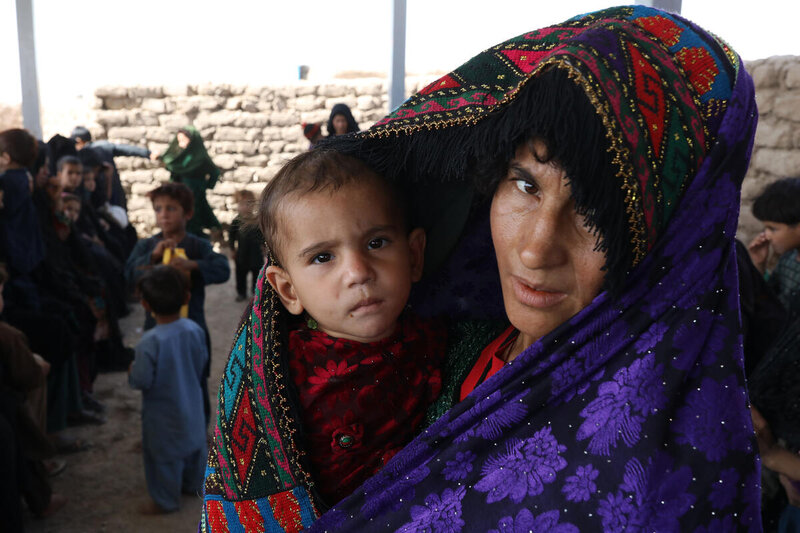
When international troops withdrew from Afghanistan in August 2021, the government quickly collapsed. The lives of Afghan families were thrown into chaos as the economy went into freefall. This in addition to the takeover of the country by Taliban forces meant homes were no longer safe and entire communities were cut from essential services due to conflict. Today, 19.9 million Afghans (nearly half the population) are severely hungry. 4 million children and women are severely malnourished.
The U.N. World Food Programme has a longstanding presence in Afghanistan: We’ve worked in the country for more than 60 years. In 2022, the U.N. World Food Programme provided assistance to 23 million people. In additional to general food assistance, many of our programs focus on the specific nutritional needs of pregnant women, breastfeeding mothers and children under the age of 5.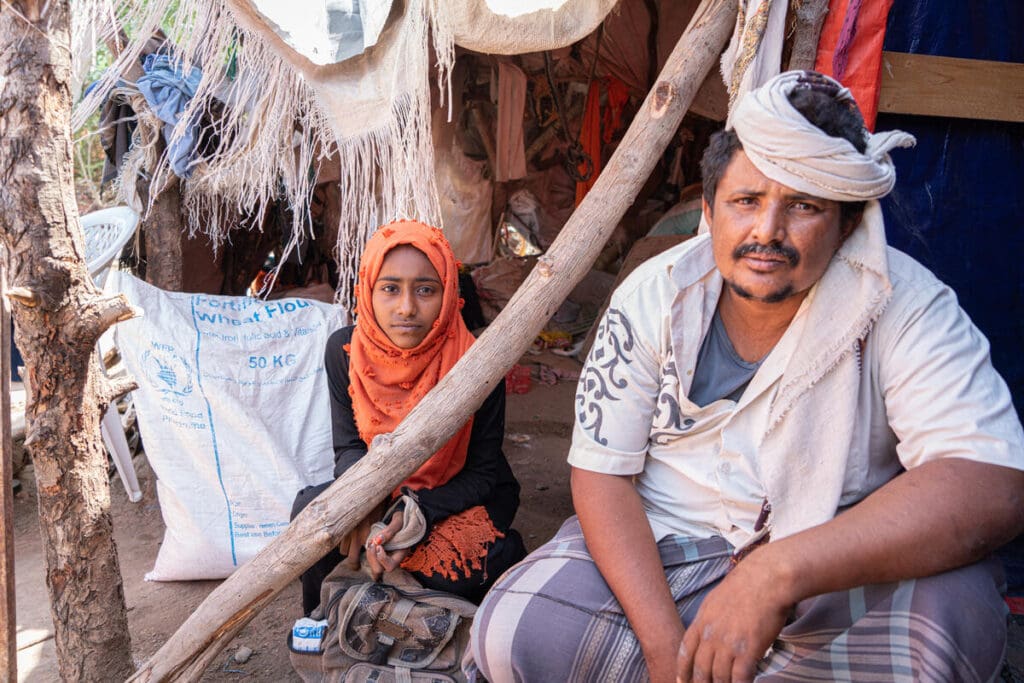
For the past eight years, Yemen has been caught in a complex civil war that has created a devastating humanitarian emergency. Between 2021 and 2022, the number of Yemenis facing severe hunger increased by over 1 million – coming out to a record high of 17 million people who don’t know where their next meal will come from. Many families survive on nothing more than bread and sweetened tea as rising prices push nutritious foods out of reach. Malnutrition rates for Yemeni women and children are among the highest in the world.
The U.N. World Food Programme aims to provide nearly 13 million Yemenis with aid in the form of flour, beans, oil, sugar, salt, grocery vouchers and or cash. To ensure our food is delivered to those who need it most, we rolled out a new biometrics platform in November of 2020 that allows people to register for cash assistance with their fingerprints or eye scans. This makes aid delivery more efficient and accountable. At the same time, it makes shopping easier and more secure for the people we serve, and the local economy is stimulated by the influx of cash as well.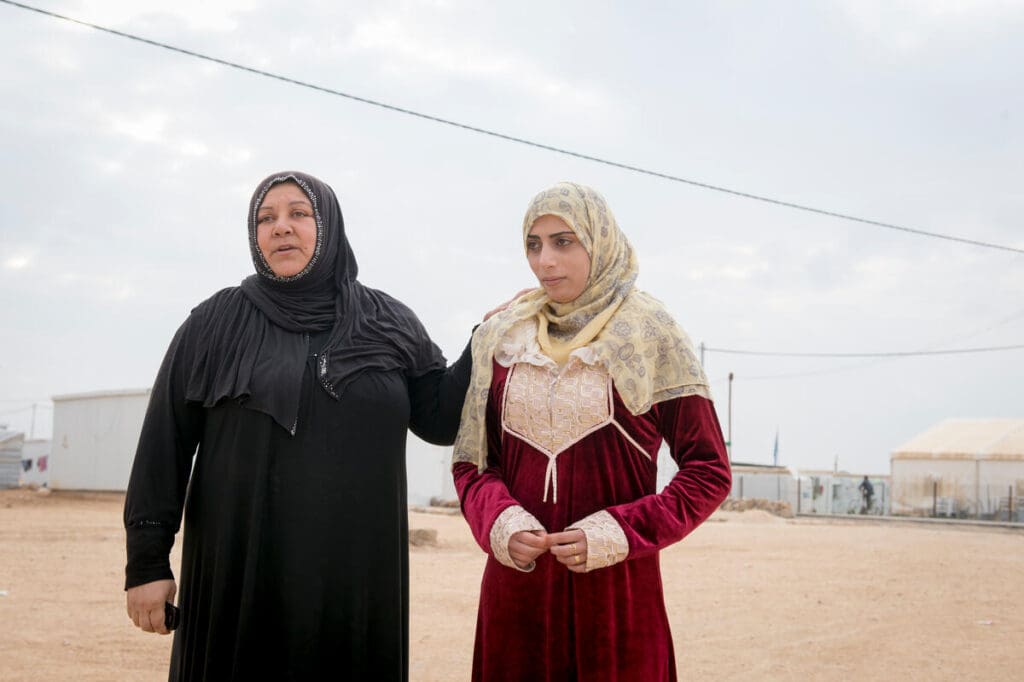
12 years of conflict have pushed more than 12 million Syrians into hunger and forced nearly 13 million from their homes. Today, Syrian refugees are the world’s largest displaced population. A severe economic downturn, the declining value of the Syrian pound, and the lingering impacts of COVID-19 are forcing families who remain within the country’s borders to choose between buying food, fuel or medicine.
Every month, the U.N. World Food Programme reaches 5.6 million people inside Syria and 5.7 million Syrian refugees in neighboring countries. To support the livelihoods of tomorrow, the U.N. World Food Programme is taking action now by helping Syrian communities prepare for and adapt to shocks like conflict and drought. Through programs like agricultural trainings and the restoration of vital infrastructure, we’re working with the people of Syria to improve their food security and build new economic opportunities.
These are the 10 facts you need to know about the Syrian refugee crisis in Jordan.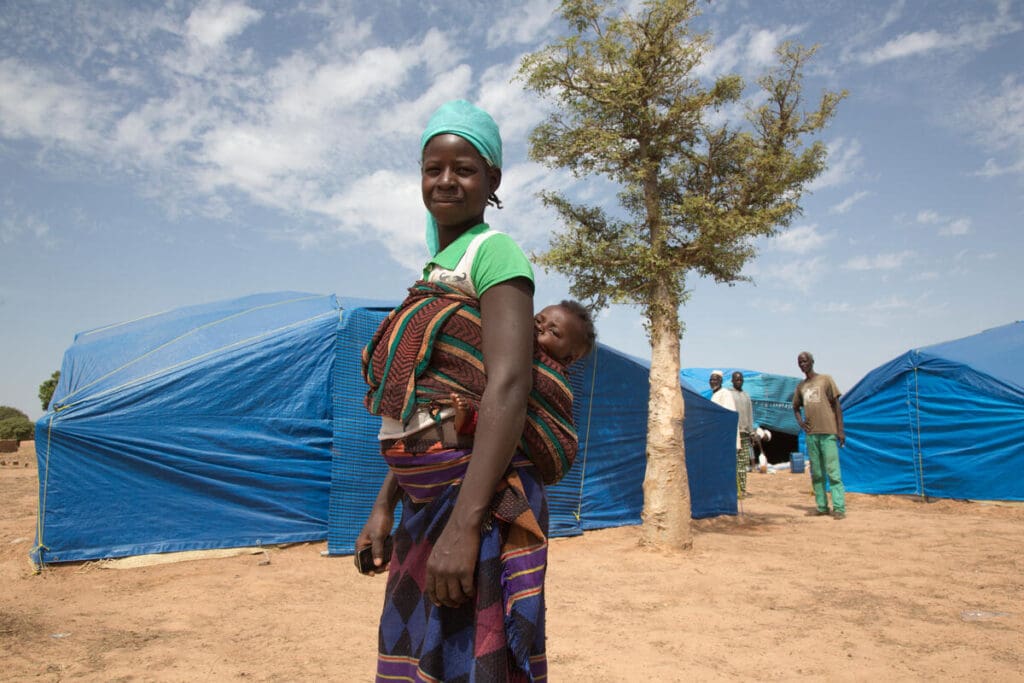
The Sahel sits just below the Sahara Desert and has become one of the world’s worst hunger emergencies. Around 13 million people are projected to be experiencing crisis levels of hunger across five Sahelian countries: Burkina Faso, Chad, Mali, Mauritania and Niger. Hunger is worsening and becoming increasingly complex as conflict spreads, food prices and poverty rates rise, and climate shocks become more frequent and extreme.
Through resilience programs like school meals and climate adaptation projects, the U.N. World Food Programme assists more than 2.5 million people across the Sahel. Research in Niger showed that our resilience programs have reduced instability by fostering collaboration and easing competition over natural resources.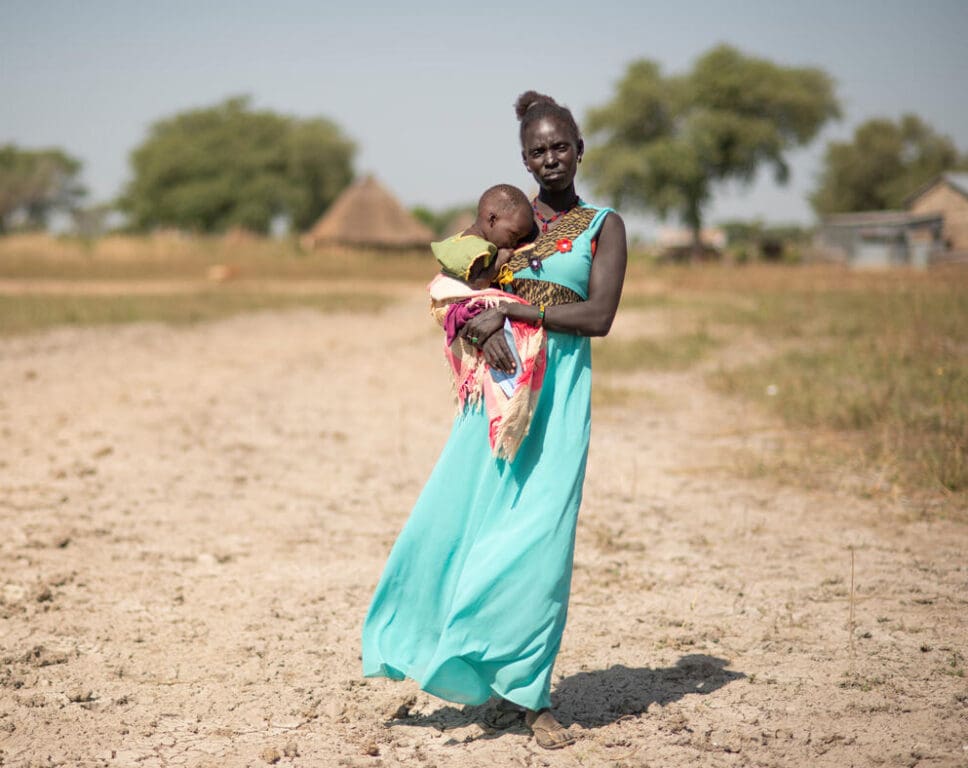
The people of South Sudan face record levels of hunger: Nearly 65% of the population is experiencing a hunger crisis. This is due to increasing subnational violence, four consecutive years of flooding and high food prices.
In 2022, the U.N. World Food Programme reached over 5 million people in South Sudan with food and nutrition assistance. We also worked with flood-affected people to build their resilience to increasingly severe climate shocks. For example, through agricultural training, we taught farmers how to grow water-tolerant crops like rice, cassava and sukuma (collard greens).
Hunger continues to relentlessly rise in Sudan due to political instability, conflict, displacement, climate shocks and rising costs. At least one-third of the population faces extreme forms of hunger. Heavy rains and floods destroyed acres of farmland and disrupted the planting season in 2022. Access to farmland has also been disrupted by ongoing conflict.
The U.N. World Food Programme assists around 9 million people in Sudan including refugees, internally displaced people and Sudanese residents. In 2022, the U.N. World Food Programme launched a new joint program with UNICEF Strengthening Resilience and Social Cohesion in the Darfurs to strengthen communities’ resilience to shocks like conflict, extreme weather events and economic crises.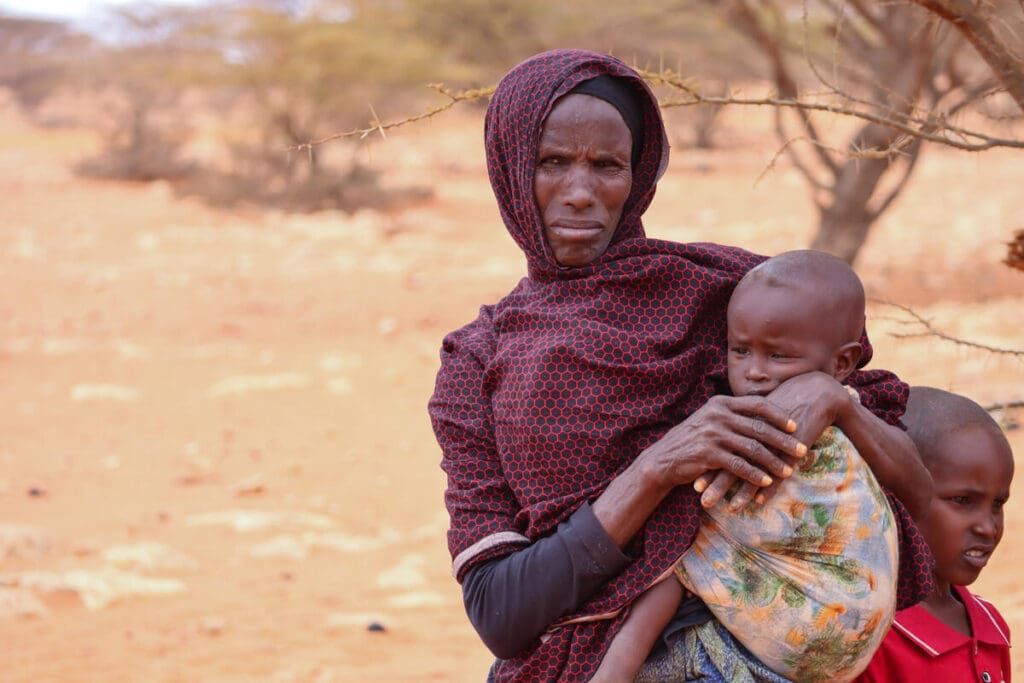
While famine has been kept at bay for now in Somalia, the food security situation remains critical. Over 6 million people are expected to face severe levels of hunger this year, including 300,000 people facing life-threatening hunger. Somalia is experiencing its longest drought in over 40 years, exacerbated by conflict.
In response, the U.N. World Food Programme significantly scaled up its operations in Somalia and is reaching 4.5 million people every month with emergency food and nutrition assistance. As the largest humanitarian agency in Somalia, we are working tirelessly to save lives during this exploding crisis. When rains failed again in 2022, we worked with the government to deliver early warning messages to over 1 million people as well as cash transfers to over 100,000 people. Through information and cash assistance, we helped to protect people’s livelihoods from climate shocks.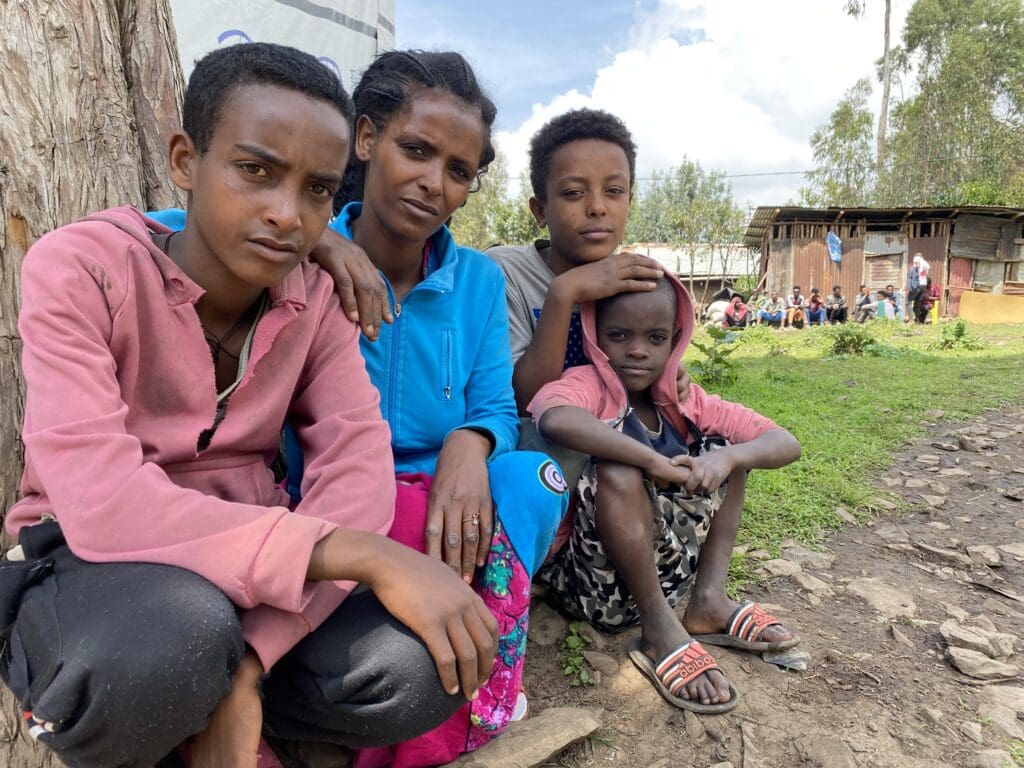
After two years of war, a peace agreement was signed in November 2022 which allowed for the restoration of humanitarian access across northern Ethiopia. Millions of people across need food and medicine now: The U.N. World Food Programme’s latest food security assessment of the Tigray Region alone showed a dire, worsening situation with almost half of the population facing a severe lack of food.
Since March 2021, the U.N. World Food Programme has reached nearly 4 million people in northern Ethiopia with food and nutrition assistance. We are doing everything in our power to deliver emergency aid in even the hardest-to-reach areas.
See how we’re working with our Goodwill Ambassador The Weeknd to support the people of northern Ethiopia. 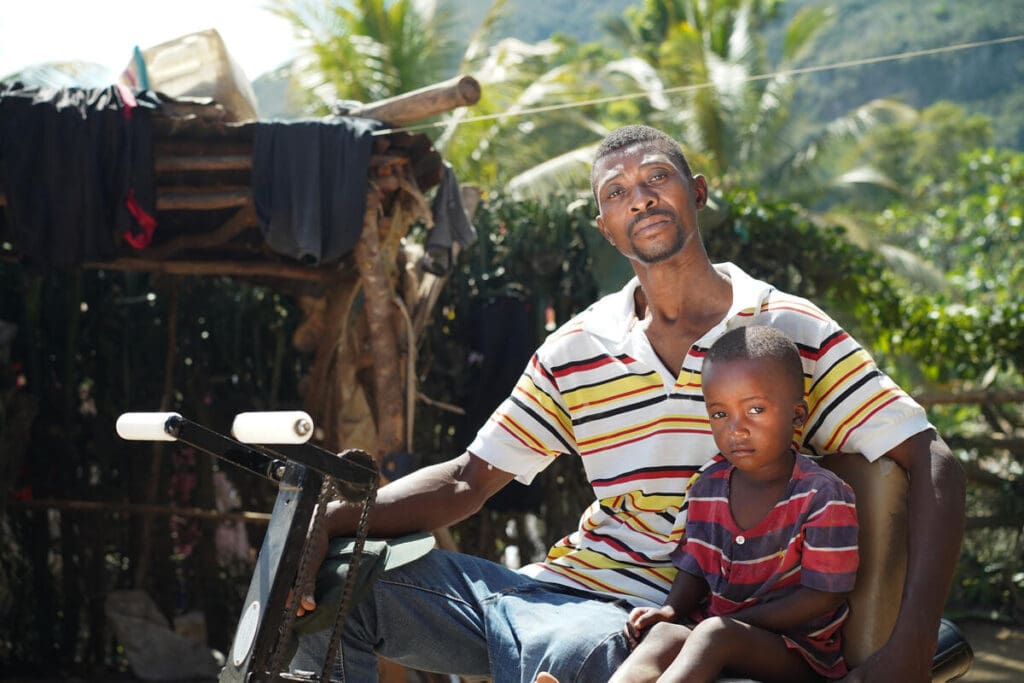
Haiti is on the verge of a humanitarian disaster: Political instability, an economic crisis and gang violence have deepened hunger in the country. For the first time in Haiti and in the Western Hemisphere, catastrophic hunger has been recorded.
The U.N. World Food Programme is committed to stay and deliver assistance to Haitians. Along with our emergency response, we provide school meals and work with communities to build their resilience to extreme weather events like earthquakes. By the end of 2022, we went above our projections and reached 1.8 million beneficiaries through $27.7 million and 13,218 metric tons of food.
The hunger crises in these 10 countries show the devastating impacts of the global food crisis. Through short-term solutions like emergency food assistance and long-term projects like agricultural trainings for farmers, the U.N. World Food Programme fights hunger in over 120 countries and territories. Our programs combat the main drivers of hunger: conflict, climate extremes and rising costs. Your generosity and support ensure the U.N. World Food Programme can save and change lives around the world.
Together, we can end global hunger once and for all.
DONATE TODAY
Send us a message
(202) 627-3737
(202) 627-3939
1750 H Street NW
Suite 500
Washington, DC 20006
Mail donations to:
World Food Program USA
P.O. Box 96316
Washington, DC 20090-6316 
World Food Program USA earned a 4-star rating for financial efficiency from Charity Navigator and a Platinum Seal for transparency from Candid Guidestar, both the highest designations in their fields.
© 2023 World Food Program USA. World Food Program USA is a nonprofit 501(c)(3) public charity (tax ID# 13-3843435).
As seen on ABC World News Tonight
South Sudan is on the brink of catastrophe. Widespread drought and floods are driving a record number of people into severe hunger. Families urgently need food today.
Are you alright with going to the
Get the Latest Hunger Updates